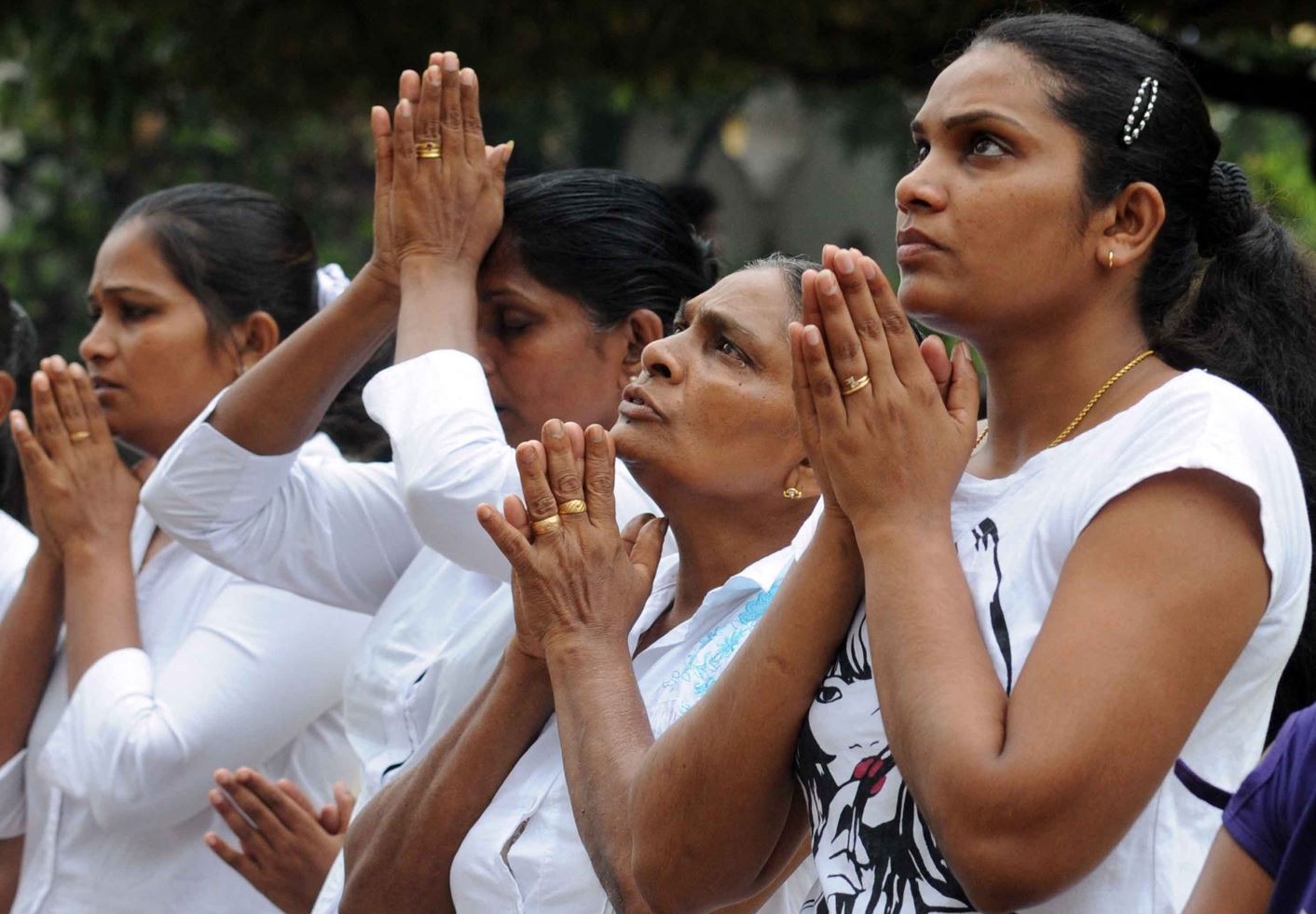
By: Eastern Eye
SRI LANKA’S two largest ethnic groups, the Sinhalese and the Sri Lankan Tamils, are genetically more similar to each other than any other south Asian population group, according to a study.
The research, published last Friday (1) in the journal iScience and conducted jointly by Indian and Sri Lankan DNA scientists, sheds light on the historical origins of the ethnic groups in Sri Lanka, as well as their social interactions.
Despite significant cultural and linguistic differences, researchers noted that the two groups intermingled in the past for several hundreds of years.
“Though the majority Sinhalese and the minority Sri Lankan Tamils entered into a bloody conflict during the colonial era which continued till 2009 with the end of the civil war, the mutual distrust and enmity still exist between them. However, our findings are truly intriguing,” professor Gyaneshwer Chaubey from the department of Zoology, Banaras Hindu University (BHU), Varanasi, said.
Besides BHU, the team includes researchers from the Birbal Sahni Institute of Palaeosciences, Lucknow, Mangalore University, Mangalore, and the University of Colombo, Sri Lanka.
Experts noted that Sri Lanka’s major ethnic group is Sinhalese, who account for 74.9 per cent of the population.
Sri Lankan Tamils and Muslims (locally known as Moors) comprise 11.1 per cent and 9.3 per cent, respectively, of the population. Indian Tamils are the fourth population group (4.1 per cent) and Burgher, Malay, Vedda (Adivasi) comprise a very small percentage.
The study found that both the ethnic communities – the Sinhalese and the Sri Lankan Tamils – migrated to Sri Lanka from India around 500 BC, or 2,500 years ago.
“While the Sinhalese migrated to Sri Lanka from the western part of India, Sri Lankan Tamils relocated from southern India, both almost around the same time. There seems to be a flow of genes from both sides for hundreds of years – resulting in this genetic affinity,” said R Ranasinghe, a senior scientist at the University of Colombo.
Previous studies on the subject lacked depth in terms of gene mapping and hence their findings were inconclusive, the researchers said.
“This is the first study which has been done on half a million genetic mutations in an individual. Due to its vast and intensive scope of work, we believe the outcome is robust and conclusive,” Chaubey said.
The team noted that it has been observed that an individual’s genetic profile has some commonality with his or her surroundings.
“For instance, a person who belongs to the northern part of the country shares a great amount of genetic similarity with other people of other cities in north India, but in the Sri Lankan study we found a higher west Indian genetic component rather than south India, with traces of common roots of Sinhala with Maratha,” Ranasinghe said.
“Another startling aspect is the strong gene flow between Sri Lankans Tamils and Sinhalese beyond the boundary of ethnicity and language – which is unusual in the south Asian context,” he added. Legend has it that the Sinhalas came from Sinhapura, which is located in India; however, scholars have disputed the correct location.
“There are two schools of thought – one says it is north west India, whereas the other says West Bengal. This study confirmed north west India as their homeland,” Niraj Rai, another DNA scientist from Ancient DNA Lab, Birbal Sahni Institute of Palaeosciences, said.
The study took five years and it involved, besides an extensive study and analysis, collection of 834 DNA samples from Sri Lankan Tamils (88), Sinhalese (129), Indian Tamils from Sri Lanka (56) and Indian Tamils from India (562).
